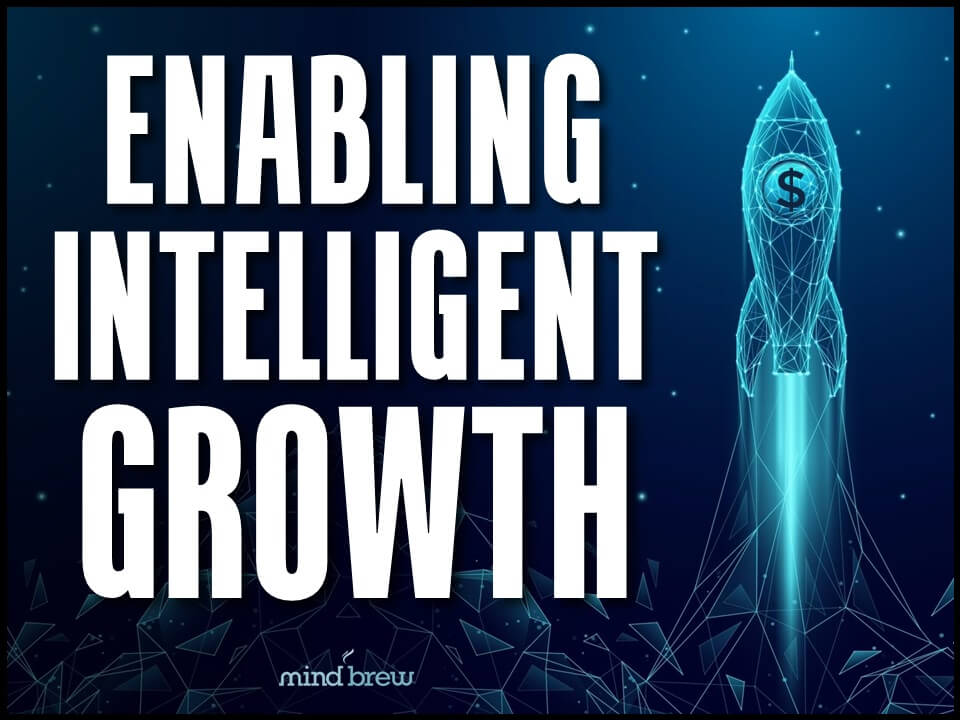Technology alone is never enough to improve a company’s effectiveness.
In order to realize potential benefits from advances in technology, companies have to rethink their processes and be willing to do things in a different way.
As this article from Slate highlights, the history of the factory has a lot to teach us about the modern age. You see, before electricity became commonplace, most factories ran off enormous steam engines that transferred power to the various machines in the building by way of a system of belts. Companies arranged the layout of their factories to optimize the use of this belt-driven power rather than to optimize the flow of materials through the factory. Goods moved through the factory in a haphazard way, perhaps going from one floor to the one above and then back down to the floor below, over and over throughout the production process.
As electric engines began to come into use, most companies simply swapped out their central steam engine for a new electric engine, keeping all those old belts and equipment. But this didn’t really do a lot to improve efficiency or productivity.
It was only when people began to realize that they could install many smaller electric motors without needing any belts that the technology really began to achieve its promise. That’s because they could rearrange their production lines so that everyone was on the same floor and work could flow logically from one station to the next. Each worker could hand off partially finished pieces to the person nearest him or her rather than running them to a station in a different section of the building. And workers could start or stop the electric engines to fit their needs, optimizing electricity use.
Computer technology is no different. In order to maximize the potential benefits, companies frequently have to rethink their processes and make fundamental changes to their organizations.
For example, when personal computers first came into use, most companies had large pools of typists and secretaries. At first, workers continued to hand off handwritten notes or give dictation to their secretaries, who then used the PCs to type them. This was undeniably better than the typewriter, but organizations didn’t really get the full benefit of the PC until they realized that the workers could use the computers themselves, eliminating much of the need for all those typists.
Think too, of all the years that companies asked customers to enter information into a printed form and then hand the printed form to a person who entered it into a database. It took many years after the advent of the Internet before most companies realized that they could just have people enter their information directly into the computer, saving a tedious step.
Today, business software is in the midst of a revolution. Modern analytics tools driven by artificial intelligence and machine learning can tell companies so much more about their business than was ever possible before.
But all too often, companies use these advanced tools to run the same kinds of monthly and quarterly reports they’ve been creating for decades.
Smart sales ops teams are using these tools to reveal new insights—like how much a particular customer is willing to pay for a product, which customers are about to defect, or where salespeople should focus their attention next. And they’re delivering that information directly to the sales team—sometimes without the salespeople even noticing that something different has happened.
Converting from big steam engines to many small electric motors required a huge investment in retooling and retraining. By contrast, the costs of revamping processes to take advantage of new sales ops tools is far, far lower. However, making effective use of these new tools does require the sales ops to be willing to try and do new things.
If your team isn’t getting all the value you could from modern sales software, we have a trio of resources to help. Check out Making Sense of Sales Technology, Delivering Answers to the Point of Sale, and The Reality of an “Intelligent” Sales Technology.
Don’t be the company that’s still operating like it’s the steam era, when new technology is opening up new possibilities that offer tremendous opportunities for greater effectiveness and competitive advantage.














